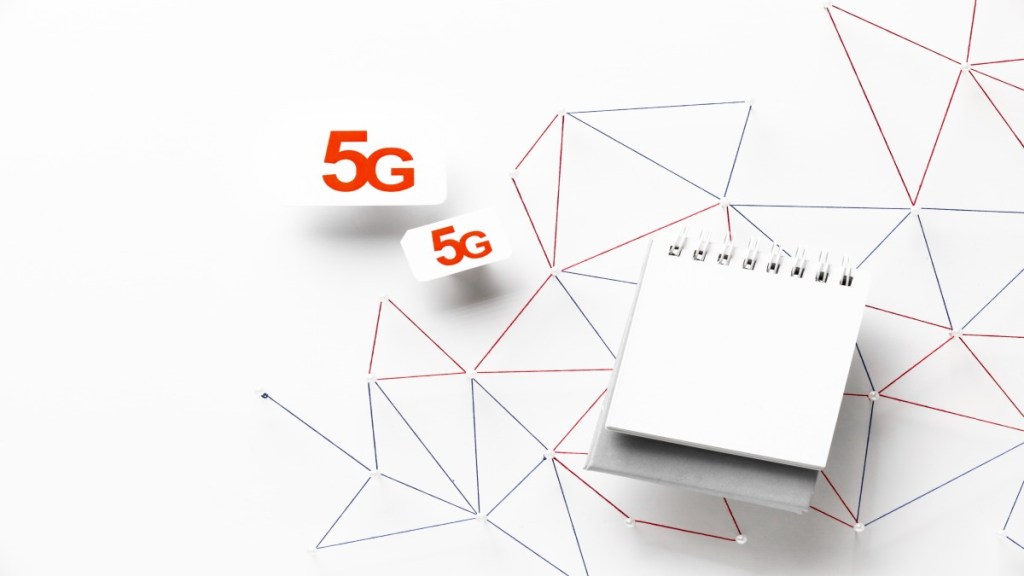Private telecom operators in India are gearing up for a challenging start to the New Year, grappling with a dual set of challenges in their efforts to recover significant investments. Having committed approximately Rs 70,000 crore to expand 5G infrastructure and acquire radiowave assets in 2024, these telecom giants are now contending with subscriber losses triggered by mid-year tariff hikes.
These price increases, aimed at protecting margins, led to a significant customer exodus, while competition from satellite broadband providers, particularly Elon Musk’s Starlink, further threatens their data business dominance.
Private Telecom Operators Lose
Private telecom operators in India lost 2.6 crore customers, including 2 crore from Reliance Jio, Bharti Airtel, and Vodafone Idea, due to tariff hikes of 10-26 per cent.
State-run BSNL gained 68 lakh subscribers by keeping prices steady, despite offering only 3G services. Meanwhile, private telecom players remain focused on recovering investments and expanding 5G infrastructure for future growth.
In 2024, Reliance Jio, Bharti Airtel, and Vodafone Idea collectively invested around Rs 70,200 crore, according to EY India Markets and Telecom leader Prashant Singhal. Meanwhile, the Digital Infrastructure Providers Association (DIPA) anticipates that the telecom infrastructure sector will require a total investment of between Rs 92,100 crore and Rs 1.41 lakh crore from 2022 to 2027 to support the growth of the 5G ecosystem.
Scindia Supports Telecom Tariff Hikes, Highlights 5G Growth
Union Minister Jyotiraditya Scindia expressed support for telecom operators regarding the tariff hikes, highlighting the significant investments made by companies in expanding network infrastructure. He emphasized that the rollout of 5G services in 2024 has opened the door for the adoption of emerging technologies, such as artificial intelligence, which hold substantial growth potential for the sector.
“5G deployment has been a game-changer. We’ve witnessed a significant surge in 5G base transceiver stations, rising from 412,214 in December 2023 to 462,854 by November 2024,” says DIPA, whose members include Indus Towers and American Tower Corporation.
The impending massive investments in 5G and the need to maintain healthy margins amidst subscriber losses are not the only challenges facing private telecom players.
Private telecom operators, led by Jio, have protested the administrative allocation of spectrum to satellite broadband providers like Starlink, fearing it could erode their data market share in 2024. Telecom operators fear that the government’s non-auction allocation of spectrum to satellite providers could harm their market share. This decision has sparked political controversy, with opposition likening it to the 2G spectrum case, which caused a notional loss of Rs 1.76 lakh crore.
Scindia said the country cannot forget the “2G scam” — a blot on the country’s history. “A scam that not just led to a colossal loss of Rs 1,76,645 crore to the exchequer, but also gave government-corporate collaboration its worst name, a.k.a crony capitalism,” he said on X.
The minister reiterated that even administrative allocation of spectrum to satcom players will be done at a price recommended by the Telecom Regulatory Authority of India (TRAI). Indian Space Association (ISpA) Director General AK Bhatt has batted for expeditious allocation of satcom spectrum, saying it would help satcom players start their services in India as soon as possible and bring the unconnected areas under the coverage.
Telecom Sector Faces Debt and Growth Challenges
Private players like Vodafone Idea are already burdened with significant debt, having awarded a Rs 30,000 crore contract to Nokia, Ericsson, and Samsung for the supply of 4G and 5G network equipment over the next three years. Despite these challenges, GX Group CEO Paritosh Prajapati states that investments in the Indian telecom sector will persist, as operators continue to focus on upgrading and improving their network infrastructure.
EY India Markets and Telecom leader Prashant Singhal cautioned that the telecom industry must strike a balance between tariff rationalization to recover investments and ensuring that subscribers’ experience is not compromised.
“Telecom companies should not ignore low paying customers and it is very much required to include them in the data-led digital economy as per government mission of inclusive development. Operators also need to invest in building infrastructure on which the entire digital economy including start-ups, e-commerce are thriving,” says Singhal.
According to a joint report by Google, Temasek, and Bain & Company, India’s internet economy is projected to grow six-fold, reaching approximately Rs 80 lakh crore by 2030, up from an estimated Rs 12.86 lakh crore to Rs 14.5 lakh crore in 2022. Prashant Singhal from EY India emphasized that internet companies and new-age businesses, which generate high margins, could leverage their corporate social responsibility funds to build networks in rural and remote areas, where telecom operators typically see lower returns.
The telecom industry body, COAI, has been advocating for revenue sharing with major foreign tech companies such as Google, Amazon, Facebook, and WhatsApp. This push comes as videos, images, and other content on these platforms are estimated to consume around 80% of the bandwidth, placing a significant burden on telecom operators’ networks.
“The massive traffic created by LTGs (large traffic generators)has significantly strained telecom networks, compelling TSPs to invest an additional Rs 10,000 crore in infrastructure in 2023, according to our study.
“While TSPs bear these costs, LTGs, without contributing, amass multiple incomes through subscriptions, ads and data-driven marketing, with revenues largely outside India’s tax ambit,” COAI Director General SP Kochhar said.
(With PTI Inputs)

